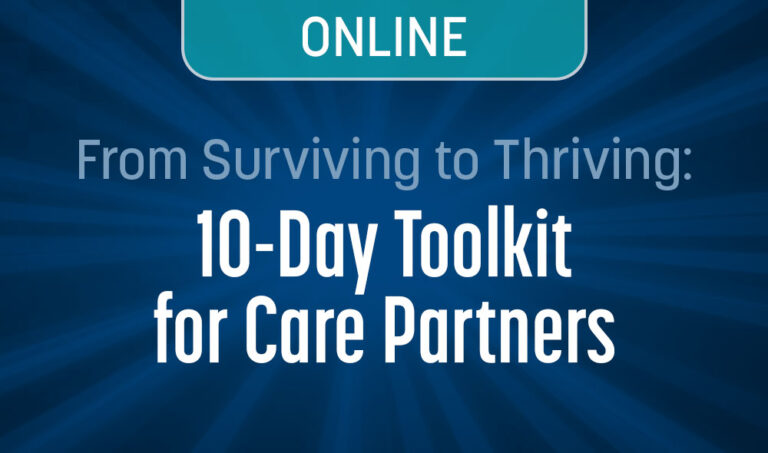What should I say when residents ask me to take them home?
Photo by JD Mason on Unsplash
One of the most common questions I am asked by my clients is, “What do I say when residents repeatedly ask me to take them home?”
If you work in long term care, you have encountered this before. You may have told the person, “You live here at Sunny Acres now.” Or you may have tried redirecting the person by changing the topic and never answered the question. Do you like to be redirected and ignored when you ask a question? My guess is no. People with memory loss can feel ignored too. Either response you tried likely did not solve the problem, and now both you and the elder feel bad.
So, what do you do?
Well, there are no easy answers or foolproof solutions when it comes to dementia, but I would like to share my approach that seems to be pretty successful most of the time.
First, I pause and remind myself that it is not my goal to stop the repetitive questioning, it is my goal to help the person achieve a sense of wellbeing.
Next, I try to figure out why the person is asking the question. A number of reasons come to mind that may cause a person to ask this question.
The person may:
- Be uncomfortable or disoriented in the unfamiliar space
- Be seeking the comfort of his favorite chair or familiar household items
- Want to be with family and friends
- Feel the need to be productive and contribute to the household as he did throughout his life
- Be sad that he is no longer living at home
- Not realize that he has moved to the community permanently
And the list goes on. Once you have reflected on what you know about the person, their family, past experiences, habits, and preferences, you can implement a few strategies that can support wellbeing.
I like to ask the person questions that show that I am listening. I make it clear that I truly see and hear them as a person. So, I might say, “Tell me about your home.” Or, “What do you like best about your home? What do you enjoy doing at home?” I might share information about my home, the town where I live, and ask about their town.
I use the information they share to collaborate with them in developing some purposeful roles and routines that empower them to contribute to the community and engage in activities in a meaningful way. Routine and activities allow elders to maintain previous roles and take on new ones that contribute to the life of the household in meaningful ways.
Roles and activities give elders an opportunity to:
Care for the environment by cleaning, washing, dusting, tidying, serving, folding, weeding, raking, planting, and so forth, just as they did in the past. When individuals decorate their spaces with meaningful and beautiful items such as family photos, flowers, or their own handicrafts, they create a sense of belonging to the environment. This contributes to their well-being. When engaging in and retaining previous roles, individuals enhance self-esteem and increase independence and self-reliance.
Care for themselves by bathing and dressing in a positive way. This increases self-respect and dignity, especially when care partners only provide the assistance that is necessary and encourage independence.
Care for others within the family or community. Individuals have an opportunity to help others who may not be able to complete a task on their own due to cognitive, physical, or sensory impairment. For example, one person may read to another who has vision impairment. When living or spending the day with others, one cares for others, and develops meaningful relations that contribute to well-being.
Be hospitable and participate in social interactions. Entertaining guests, pouring tea for a friend, and holding celebrations are all opportunities to maintain important life roles. We need to create frequent opportunities for elders to be hospitable.
Our role is to encourage elders to use and share their skills with others to facilitate their sense of wellbeing. I find that once we provide opportunities every day to participate in the community, the repetitive questioning quickly subsides. They key is to create the chance for the person to do this daily, not occasionally. The activity needs to become a familiar routine.
After engaging the person in conversation about home, I may then say, “I know you enjoyed tending the garden at home. I could really use some help weeding our garden here. Would you like to join me?” An invitation like this is rarely declined, and it paves the way for me to join the elder in a rewarding pursuit. Once I know the person enjoys activity, I work with the rest of the care team to ensure that someone invites Mr. Smith every day to tend the gardens, both inside and outside.
(In addition to encouraging roles in the community, we also use memory books to enable the person to reminisce, to improve orientation, reduce frustration, and to communicate with others about their life experiences. You can read more about memory books in a previous blog here.)
I hope you will try these suggestions, and find that both you and the elders for whom you care will experience a greater sense of wellbeing. If you would like to learn more about how to incorporate techniques such as these into your care community, you can find more strategies in our book, Montessori for Elder and Dementia Care.







